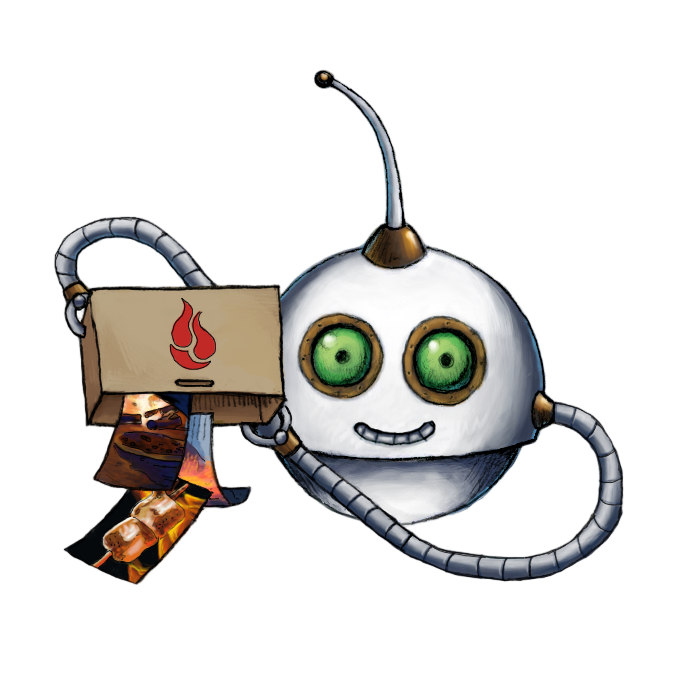
Import files from Backblaze
🤖/backblaze/import imports whole directories of files from your Backblaze bucket.
Keep your credentials safe
Note
Usage example
Import files from the path/to/files directory and its subdirectories:
{
"steps": {
"imported": {
"robot": "/backblaze/import",
"credentials": "YOUR_BACKBLAZE_CREDENTIALS",
"path": "path/to/files/",
"recursive": true
}
}
}Parameters
output_metaRecord<string, boolean> | boolean | Array<string>Allows you to specify a set of metadata that is more expensive on CPU power to calculate, and thus is disabled by default to keep your Assemblies processing fast.
For images, you can add
"has_transparency": truein this object to extract if the image contains transparent parts and"dominant_colors": trueto extract an array of hexadecimal color codes from the image.For videos, you can add the
"colorspace: true"parameter to extract the colorspace of the output video.For audio, you can add
"mean_volume": trueto get a single value representing the mean average volume of the audio file.You can also set this to
falseto skip metadata extraction and speed up transcoding.resultboolean(default:false)Whether the results of this Step should be present in the Assembly Status JSON
queuebatchSetting the queue to 'batch', manually downgrades the priority of jobs for this step to avoid consuming Priority job slots for jobs that don't need zero queue waiting times
force_acceptboolean(default:false)Force a Robot to accept a file type it would have ignored.
By default, Robots ignore files they are not familiar with. 🤖/video/encode, for example, will happily ignore input images.
With the
force_acceptparameter set totrue, you can force Robots to accept all files thrown at them. This will typically lead to errors and should only be used for debugging or combatting edge cases.force_namestring | Array<string> | null(default:null)Custom name for the imported file(s). By default file names are derived from the source.
credentialsstringPlease create your associated Template Credentials in your Transloadit account and use the name of your Template Credentials as this parameter's value. They will contain the values for your Backblaze Bucket Name, App Key ID, and App Key.
To create your credential information, head over to Backblaze, sign in to your account, and select "Create a Bucket". Save the name of your bucket, and click on the "App Keys" tab, scroll to the bottom of the page then select “Add a New Application Key”. Allow access to your recently created bucket, select “Read and Write” as your type of access, and tick the “Allow List All Bucket Names” option.
Now that everything is in place, create your key, and take note of the information you are given so you can input the information into your Template Credentials.
⚠️ Your App Key will only be viewable once, so make sure you note this down.
While we recommend to use Template Credentials at all times, some use cases demand dynamic credentials for which using Template Credentials is too unwieldy because of their static nature. If you have this requirement, feel free to use the following parameters instead:
"bucket","app_key_id","app_key".path— requiredstring | Array<string>The path in your bucket to the specific file or directory. If the path points to a file, only this file will be imported. For example:
images/avatar.jpg.If it points to a directory, indicated by a trailing slash (
/), then all files that are direct descendants of this directory will be imported. For example:images/.Directories are not imported recursively. If you want to import files from subdirectories and sub-subdirectories, enable the
recursiveparameter.If you want to import all files from the root directory, please use
/as the value here. In this case, make sure all your objects belong to a path. If you have objects in the root of your bucket that aren't prefixed with/, you'll receive a 404BACKBLAZE_IMPORT_NOT_FOUNDerror.You can also use an array of path strings here to import multiple paths in the same Robot's Step.
recursiveboolean(default:false)Setting this to
truewill enable importing files from subdirectories and sub-subdirectories (etc.) of the given path.Please use the pagination parameters
start_file_nameandfiles_per_pagewisely here.start_file_namestring(default:"")The name of the last file from the previous paging call. This tells the Robot to ignore all files up to and including this file.
files_per_pagestring | number(default:1000)The pagination page size. This only works when recursive is
truefor now, in order to not break backwards compatibility in non-recursive imports.